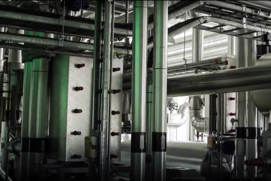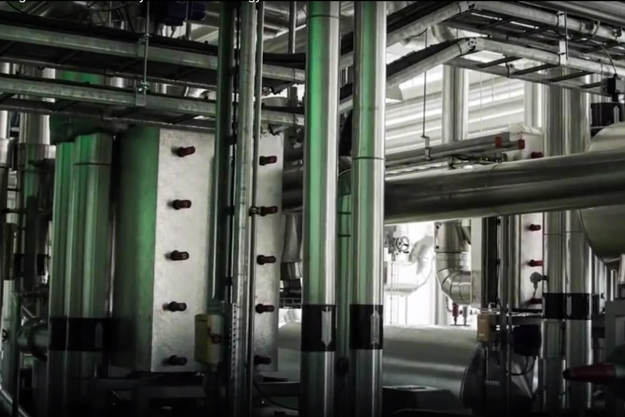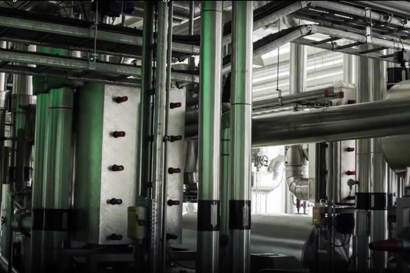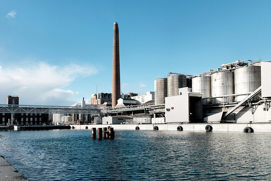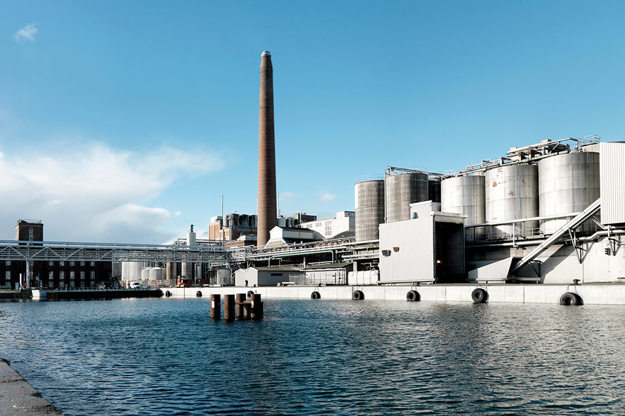As urbanization intensifies around the world, efficiently heating our cities’ buildings responsible for 28% of all global energy-related CO2 emissions—is an essential task. That begs the question: What are the most resilient, energy-efficient, and climate friendly heat supply systems? Hydrogen is positioned as a future-proof energy carrier capable of decarbonizing urban energy systems. This article argues, however, that despite the potential of hydrogen to deliver clean heating, there are major efficiency drawbacks—and that, ultimately, district energy is significantly more efficient and has a much lower environmental footprint in both the short and long term.
Infrastructure, efficiency, and resilience: Why are we comparing hydrogen-based heat supplies with low-temperature district energy?
Decarbonization can be achieved in many ways. However, different approaches have different costs, environmental effects, and impacts on energy efficiency—parameters that are intrinsically linked in an applied supply system. In other words, the higher a system’s efficiency is, the lower a system’s operating costs, environmental impact, and primary energy need becomes. The key to achieving high energy efficiency is minimizing the number of energy conversion processes occurring in a system—and matching the supplied energy to the demanded energy quality. This is particularly important when considering building heating demands—which is an energy demand that does not require high quality energy.
The Hydrogen Council, a lobby organization for major oil and gas producers, promotes hydrogen as a viable and cost-effective means to decarbonize the heat supply in buildings currently heated by natural gas—by repurposing the existing natural gas infrastructure rather than developing new infrastructures.
While the idea of repurposing natural gas grids is indeed appealing, research has shown that most of the components in existing natural gas grids are unable to cope with a large concentration of hydrogen in the gas supply. In fact, the maximum allowable blending of hydrogen in the gas supply in 2020 could be found in France at just 6%. Due to this incompatibility, an extensive renovation of the existing natural gas infrastructure—from transmission lines to the end users’ gas installations—would be necessary to enable a widespread rollout of hydrogen.
An alternative to hydrogen-based heat supply in urban areas could be modern, low-temperature district heating—an infrastructure designed to distribute centrally-produced heat to one or more locations via a pipe network.
In this article, we compare blue and green hydrogen with district heating for building heating demands based on two key parameters: energy intensity and global warming potential (GWP). The hydrogen industry promotes blue hydrogen as transitional—therefore, this article considers blue district heating (natural gas-based) as a transitional alternative. This end-to-end energy chain comparison of the two different kinds of energy carriers highlights the large inefficiencies associated with manufacturing a high-quality energy carrier, hydrogen, for low quality energy demands. As both supply solutions aim to solve a basic need of meeting building heat supply demands—and both require extensive infrastructures to be built—a long-term lock-in effect must be considered. That means it is particularly important to prioritize energy efficiency to minimize both the environmental footprint and the cost of establishing future renewable energy systems.
Related solutions
-
if (isSmallPicture) {


 District cooling
District coolingDistrict cooling is an environmentally friendly and energy efficient cooling supply that enables a green future with substitution to renewable energy.
-
if (isSmallPicture) {


 District heating
District heatingDistrict heating is an environmentally friendly and energy-efficient heating supply that enables a green future with substitution to renewable energy.

